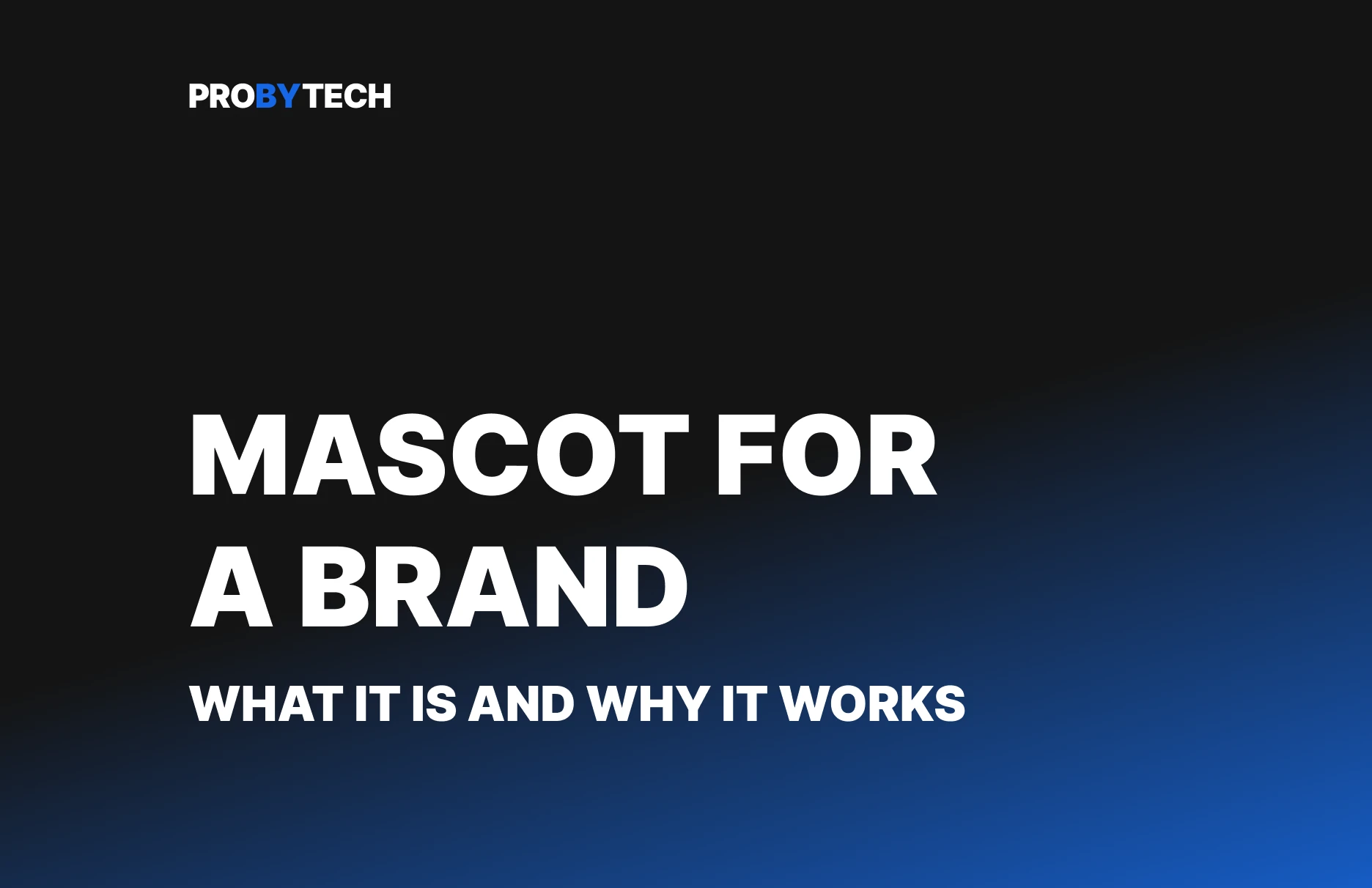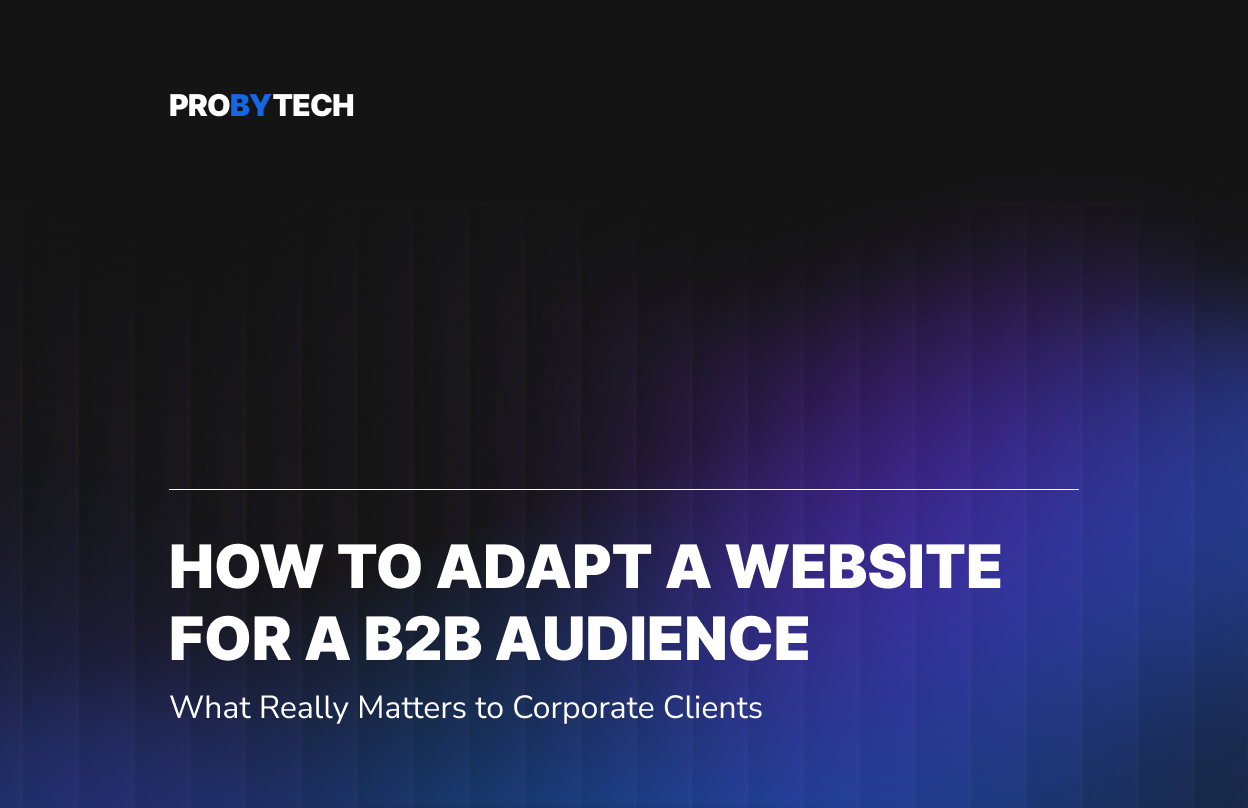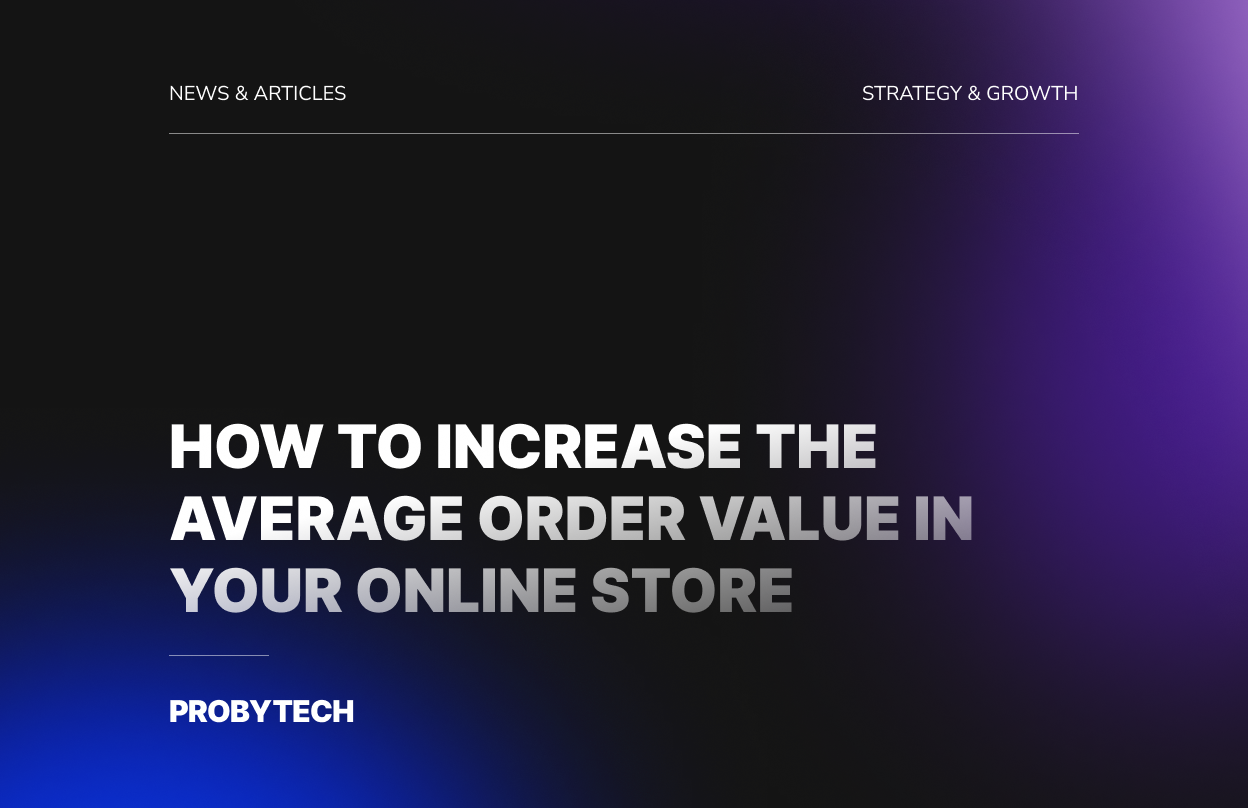Webflow, WordPress, or Custom Development: How to Choose the Best Solution for Your Website

When a business decides to launch a new website, the key question arises: what platform should you build it on? A visual builder like Webflow? A WordPress template with plugins? Or maybe custom development from scratch?
Choosing the right platform is not just about convenience — it's about efficiency, scalability, and the speed at which your project will grow. In this article, we’ll explore three popular approaches to website development, their unique features, and most importantly — which solution is best for which task.
1. Webflow — A Modern Visual Builder for a Fast Launch
Webflow is a no-code platform that allows you to build responsive websites without programming while giving designers full visual freedom.
✅ When to Choose Webflow:
- Fast website launch — for MVPs, demand testing, or promo pages.
- Landing pages or simple corporate sites — with animations, effects, and wow-design.
💡 Typical use cases:
- Landing pages, advertising campaign sites.
- Small company websites without complex functionality.
⚠️ Consider the following:
- Limited SEO capabilities: although basic meta tags and URLs can be customized, Webflow isn’t suitable for complex SEO structures, large numbers of pages, or custom schema markup.
- Page speed significantly drops when using dynamic or interactive blocks — Webflow is suitable only for lightweight, static pages.
- You can’t implement complex business logic (e.g. personal accounts, payments, integrations).
- Limited scalability: as your business grows, a Webflow site can become a bottleneck.
- You're locked into the Webflow platform (can’t migrate to another hosting provider).
2. WordPress — A Popular CMS with Versatile Capabilities
WordPress is the world’s most popular content management system. It powers millions of websites — from blogs and corporate sites to e-commerce.
✅ When to Choose WordPress:
- Content-driven projects — blogs, news portals, educational sites.
- Corporate websites with advanced features — product/service catalogs, multilingual support, integrations.
- E-commerce on WooCommerce — only for small stores or early stages.
💡 Typical use cases:
- Businesses that regularly update content.
- Companies looking to implement basic functionality on a limited budget.
⚠️ Keep in mind:
- WooCommerce is suitable only for small stores. If you expect high traffic, thousands of products, or complex filtering — it won’t handle the load. Speed and performance will also lag behind custom development. We don’t recommend WordPress for large e-commerce projects.
- Site performance depends on the number of plugins, the theme, and server configuration.
- If you're building a custom theme, development time is almost the same as full custom development.
- Regular plugin updates and security measures are required.
3. Custom Development — A Solution for Scalable and Complex Projects
Custom development means building a website from scratch, tailored to unique business needs — with custom architecture, functionality, and design.
✅ When to Choose Custom Development:
- Complex business logic or integrations — CRM, APIs, user logins, dashboards.
- High-load platforms and services.
- Online stores with a large number of products and custom logic.
- When strong SEO is essential — custom development allows full control over SEO structure, schema markup, page hierarchy, and meta data.
- When page speed is a priority — only custom development allows you to optimize every line of code, without bloated libraries or plugins.
- When you need to scale — custom architecture supports large, high-load projects that grow with your business.
💡 Typical use cases:
- SaaS platforms.
- Internal tools for companies.
- Online stores with custom filters, inventory, and analytics.
⚠️ Keep in mind:
- Higher budget and longer development time.
- Requires a developer team or technical partner.
- Everything — is built from scratch.
- This is a long-term solution that scales with your business without platform limitations.
Comparison Table: What Fits Your Project Best?
| Platform | When to Choose | Time to Launch | Flexibility | Scalability | Cost |
|---|---|---|---|---|---|
| Webflow | Landing pages, simple websites | ⭐⭐⭐⭐ | ⭐⭐ | ⭐⭐ | 💰 |
| WordPress | Blogs, corporate websites | ⭐⭐⭐ | ⭐⭐⭐ | ⭐⭐⭐ | 💰💰 |
| Custom Development | SaaS, services, complex e-commerce | ⭐ | ⭐⭐⭐⭐⭐ | ⭐⭐⭐⭐⭐ | 💰💰💰💰 |
How to Make the Right Choice?
Ask yourself the following:
- Is speed to market important?
- What’s your budget?
- Will the site need to scale?
- What functionality do you plan to include?
- Who will maintain the site after launch?
If you want to go live in 1–2 weeks — go with Webflow. If you need a multi-page site with a blog, SEO — WordPress can work (but not for heavy loads). If you’re building a product or service with custom logic, need strong SEO, and plan for a large, high-load project — custom development is the way to go and will serve you for years.
Conclusion
There’s no single “best” option between Webflow, WordPress, and custom development. The best choice is the one that fits your specific project. Identify your needs, budget, and available resources — then choose the platform that becomes a growth tool, not a limitation.
Want help choosing the right solution for your business? Submit a request — we’ll give you a free consultation.
Read next
- PROBYTECH
- News & Articles
- Technologies
-
Webflow, WordPress, or Custom Development: How to Choose the Best Solution for Your Website









